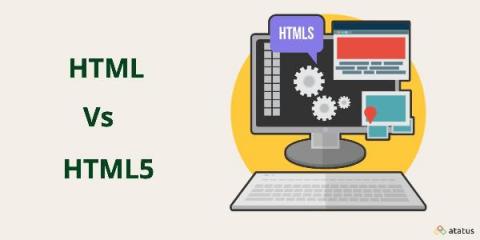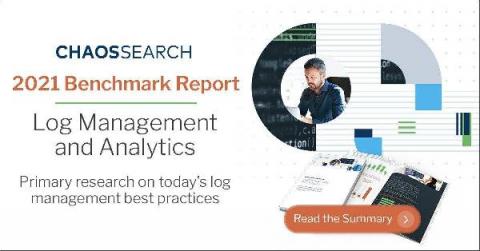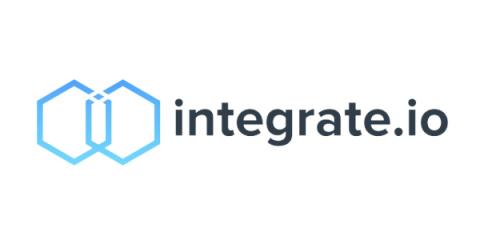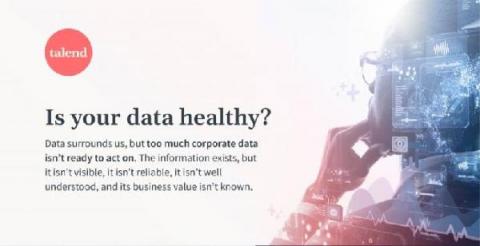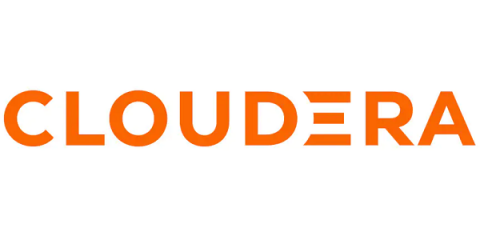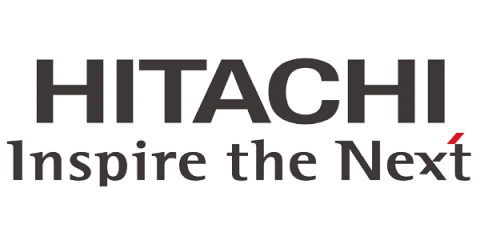Google PageSpeed Insights: Everything You Need To Score 100/100
Tools like Google PageSpeed Insights lets developers, site owners, and webmasters gauge and understand their website’s performance. The speed of your website is an essential and most crucial factor responsible for its overall growth and success. Once you build your website to optimize and build its conversion rate, speed plays an important role.



